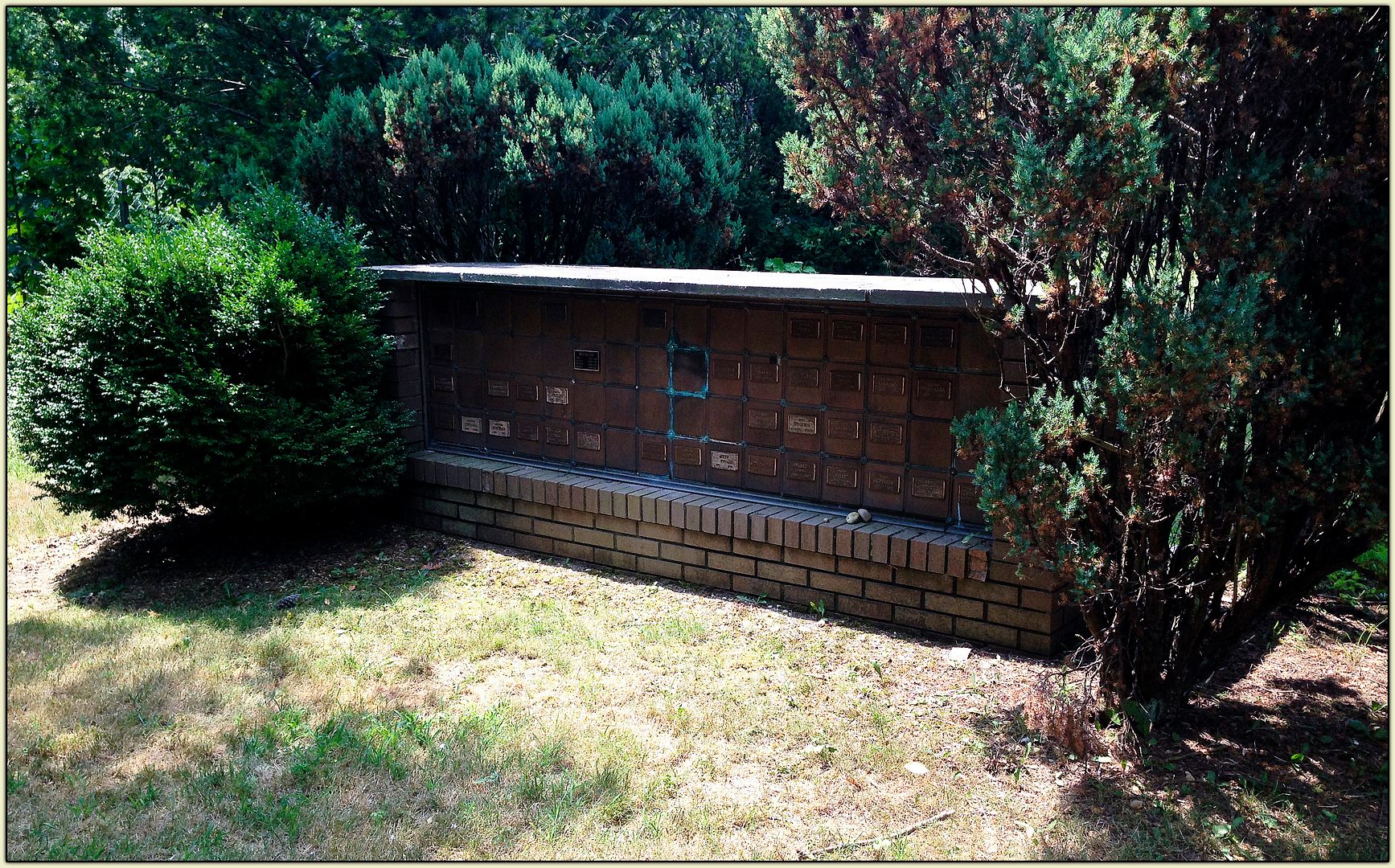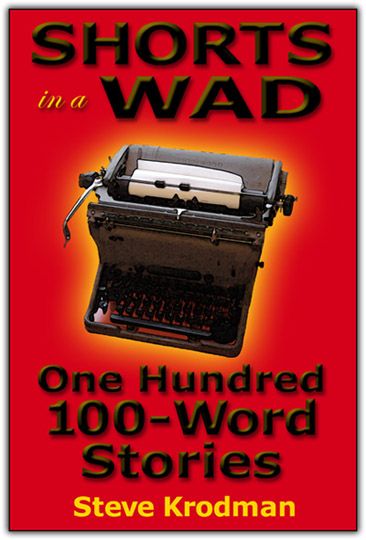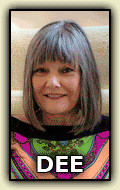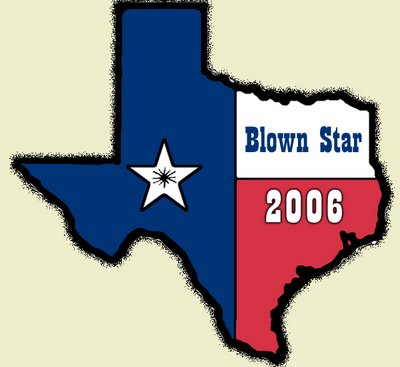Nixon was then running for Vice President on the Republican ticket under Dwight Eisenhower. With his campaign people already looking ahead to 1956 with what the Smith System people call the “see the big picture” mindset, his campaign treasurer suggested setting up a fund to reimburse Nixon for expenses relating to campaigning: long-distance phone calls, travel in excess of normal reimbursement, campaign materials, et alia. Contributions would be limited to $1,000 per contributor, with their identities not known to the candidate. By today’s standards, an extremely tame operation.
But as news of the fund became known to the media, the tone of the reportage took a nasty turn when Leo Katcher of the New York Post wrote a piece that portrayed the fund as a “secret rich men’s trust fund” intended to keep Nixon “in style far beyond his salary.” This tone was picked up and amplified in subsequent news stories, with the whole affair developing quickly into a scandal. With influential newspapers like the Washington Post editorializing against Nixon’s remaining on the ticket, the putative Veep’s political future hung by a thread.
Rather than sit passively by and watch the tide of public opinion wash his career away, Nixon, on the advice of the RNC, fought back with a brilliantly crafted speech. Delivered on September 23 - the RNC paid for the airtime so they would have full control of the broadcast - Nixon’s speech was a masterstroke, explaining the rationale for the campaign fund and the expenses for which it was (and was not) used... and requesting that listeners contact the RNC with their opinion on whether Nixon should remain on the ticket. And listeners there were a-plenty: Over sixty million people heard the speech or watched it on the then-nascent medium, television.
Nixon crafted a narrative on which he hung the main points of his speech, and that narrative had to do with his relatively modest salary as a public servant. Unlike his opponents who came from moneyed backgrounds or who resorted to gambits such as putting their wives on the payroll, he needed the help of his supporters to pay for campaign expenses. He went the total disclosure route, listing his (meager) assets and his debts, including a loan he had taken out from his parents. And the Nixons, people of modest means, dressed accordingly: “Pat doesn’t have a mink coat. But she does have a respectable Republican cloth coat. And I always tell her that she’d look good in anything.”
But the speech’s clincher came when he described a gift that he had received from a supporter, a gift that he had no intention of parting with:
“A man down in Texas heard Pat on the radio mention the fact that our two youngsters would like to have a dog. And, believe it or not, the day before we left on this campaign trip we got a message from Union Station in Baltimore saying they had a package for us. We went down to get it. You know what it was?
“It was a little cocker spaniel dog in a crate that he’d sent all the way from Texas. Black and white spotted. And our little girl - Tricia, the 6-year old - named it Checkers. And you know, the kids, like all kids, love the dog and I just want to say this right now, that regardless of what they say about it, we’re gonna keep it.”Checkers! Man’s best friend! Fuck the critics, we’re keeping it!
The speech was, somewhat to the astonishment of the parties involved, a roaring success: The Republican National Committee eventually received something on the order of four million letters, postcards, telegrams, and phone calls, an overwhelming majority in support of Nixon. And while Nixon’s critics considered the speech maudlin and even phony in its emotional appeal, it nevertheless struck a chord with a goodly chunk of the populace. Eisenhower and the RNC were no fools. Nixon remained on the ticket, and a few weeks later, the Republicans trounced the Democratic Stevenson-Sparkman team.
Nixon made the Fund Speech required reading for all his speechwriters, though he disliked the popular nickname by which it came to be known almost universally: the “Checkers Speech.” (Why, after all, should the dog get all the credit?) And his retort, when pundits would blame backlash from the Checkers Speech for Nixon’s narrow loss to Kennedy in the 1960 Presidential election, was that without that speech he wouldn’t have been around to run in 1960 in the first place. Unto this day, the term “Checkers Speech” is used to denote a highly emotional political speech... and it is at best a left-handed compliment in most contexts.
A couple of weeks ago, the Missus and I were on Long Island with my brother, the Other Elisson - our second destination in a massive nineteen-day Epic Road Trip that brought us from Atlanta to Foat Wuth to New York to Boston and then home. When the Other Elisson offhandedly mentioned that Checkers was buried in Wantagh, the very town in which he lives, I knew we would have to make a pilgrimage to visit the Dog That Saved Nixon.
The Bide-a-Wee Pet Cemetery, as it happens, is manageable walking distance from my brother’s place, though we had no intention of hoofing it over there on that sweltering afternoon. We drove, parking in the shade in a modest attempt to keep the car’s interior from heating up like a blast furnace.

A panoramic view of the Bide-a-Wee Pet Cemetery in Wantagh, NY. [Click to embiggen.]
It is a huge place, this Bide-a-Wee affair, stretching across the width and length of several football fields. The numerous headstones would make football a risky and unpleasant proposition in any event. No: the people who visit Bide-a-Wee are there to visit the final resting places of their Animal Companions, the creatures that loved them (or at least tolerated them) unconditionally during their all-too-brief lives.
An inspection of the headstones reveals their quality to be entirely on a par with those in most human cemeteries, despite the smaller size of most of the individual burial plots (those for horses being a rare exception). Like human grave markers, many are adorned with religious symbology - crucifixes, saintly images, Stars of David, et al. Only the names - Boots, Mittens, Pal, Toby, Major, and the like - provide a clue as to the non-human nature of the occupants of this particular Bury Patch.

A “Meowsoleum” offers an above-ground interment option.
As we wandered amongst the stones, we came upon what could have only been a “Meowsoleum” - an above-ground repository for pet remains. They think of everything!
The three of us could have spent an eternity (hah!) looking around for Checkers’s resting place, but She Who Must Be Obeyed had the bright idea to look on the Internet to see if there were any clues. The only thing we could find was a reference to “Plot 5,” so we focused our searchly efforts on Section 5. Sure enough...

Checkers Nixon, 1952-64. Quoth Bide-a-Wee: “We’re gonna keep it.”
There are, clearly enough, people who make the pilgrimage to visit the grave of this black-and-white cocker spaniel, a creature enshrined in the political history of this nation: The grave is festooned with flowers, American flags, and various dolls. (It was also festooned with weeds, but SWMBO yanked those out.) But of all the visitors Checkers has had over the years, none of them have been from the Nixon family, alas.
They - whoever “they” are - say that the Dog is Man’s Best Friend. Well, that may or may not be true, but Checkers was certainly Richard Nixon’s best friend. I leave it as an intellectual exercise for my Esteemed Readers to imagine a world in which Nixon had been booted off the Republican ticket in 1952. The possibilities are endless... why not leave your speculations in the Comments?




















2 comments:
Sorry about changing the subject, but have you seen this?
http://www.dailymail.co.uk/news/article-2382465/Im-Pastafarian-Man-claims-religion-forces-wear-sieve-head-given-permission-wear-official-identity-card-picture.html
Have I seen this? Hell, I may have helped inspire it!
Post a Comment